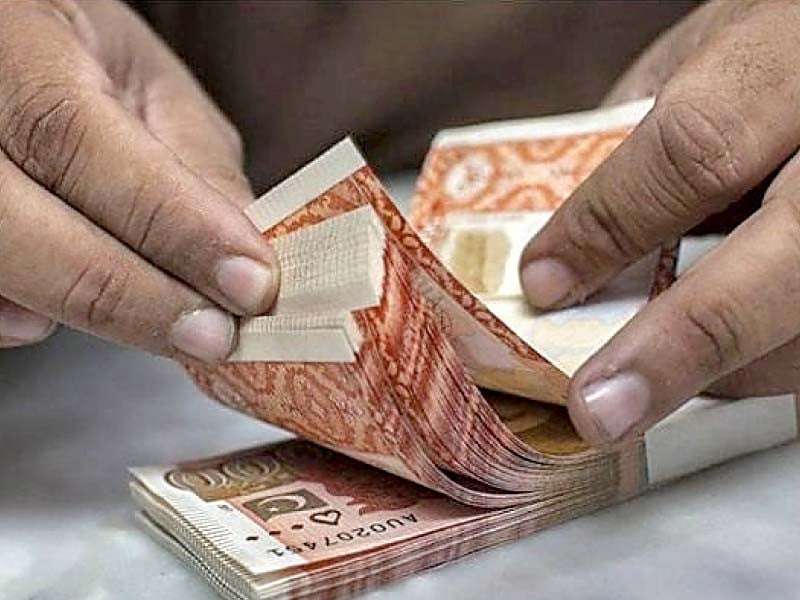Debt issue stems from misaligned fiscal policies, bureaucratic red tape

Prior to the creation of the SIFC, these objectives fell under the purview of various bodies, ministries, and institutions including the Board of Investment, Council of Common Interest, Prime Minister’s Office, Ministry of Industries, Ministry of Finance, State Bank of Pakistan, Ministry of Commerce, and Economic Coordination Committee of the Cabinet. The inclusion of the army chief in this apex body is the most noticeable change, with the prime minister attributing economic revival and the International Monetary Fund (IMF) Standby Agreement to the army chief.
The stated goal of the SIFC is to generate $20-25 billion through foreign direct investment (FDI) in order to avoid a dollar shortage without incurring additional debt. While the goal is commendable, it is worth revisiting the latest success story of investment in Pakistan – the China-Pakistan Economic Corridor (CPEC). We can argue on merits and demerits, but CPEC remains the single largest Belt and Road Initiative (BRI) investment package in the world.
Two models of Chinese investment in recent years serve as examples, excluding the debt portion.
The first model is seen in the CPEC power projects, where investments were made in power generation with guaranteed returns on equity, backed by sovereign guarantees and capacity payments. Revenue is generated from users who pay in Pakistani rupees, while the government arranges dollar payments to independent power producers (IPPs). However, this model carries foreign exchange and non-utilisation risks. We have experienced both locking us into continuously rising circular debt, which has now spiked to $10 billion already only in the electricity market.
The second example involves Chinese investment in Pakistani industry, aimed at increasing productivity, production, job creation, and export income. Earlier, the news reported a Chinese company’s plans to invest $150 million in an industrial park on Lahore’s border with Kasur. It is said to house state-of-the-art fabric units, dyeing facilities and garment manufacturing units to export sportswear from Pakistan to the Americas, Europe, Asia-Pacific and other regions of the world. However, such investments in the private sector are rare, with most Chinese investment focused on energy and infrastructure projects managed or backed by the government.
The demand from China to relocate textile industries to Pakistan is evident, but it requires swift action and a favourable environment for setting up operations. These firms can’t wait for years to acquire land, get utility connections and clear all the red tape.
According to a report by the Pakistan Business Council (PBC), Islamabad has not been successful in leveraging CPEC to catalyse domestic private investment or attract non-China FDI.
The Chinese investment in power projects is driven by two models. The first model aims to tap into a large and growing consumer base in the market, with the state providing financial backing. However, under this model, we will end up paying more dollars than we receive, regardless of the success of the investment project.
The second model focuses on increasing local capacity to enhance exports and gain a larger share in the international market. With this model, we not only receive dollars through exports but also have the opportunity to repay investors based on the success of the project.
It is crucial for Pakistan to refrain from further infrastructure projects unless there are public-private partnership agreements that do not burden the country with more debt or convert investments into liabilities. Joint ventures within the private sector should be explored instead.
This is primarily Pakistan’s problem and not that of the IMF, creditors, or friendly countries. The debt issue stems from misaligned fiscal policies, bureaucratic red tape, and irresponsible practices of the federal government. Without a radical transformation of the economic policy landscape on the ground, high-level committees will yield little results. Credibility in profit repatriation promises cannot be established if repatriation is halted for extended periods. These counterexamples highlight the need to invest in the foundational pillars before constructing buildings.
